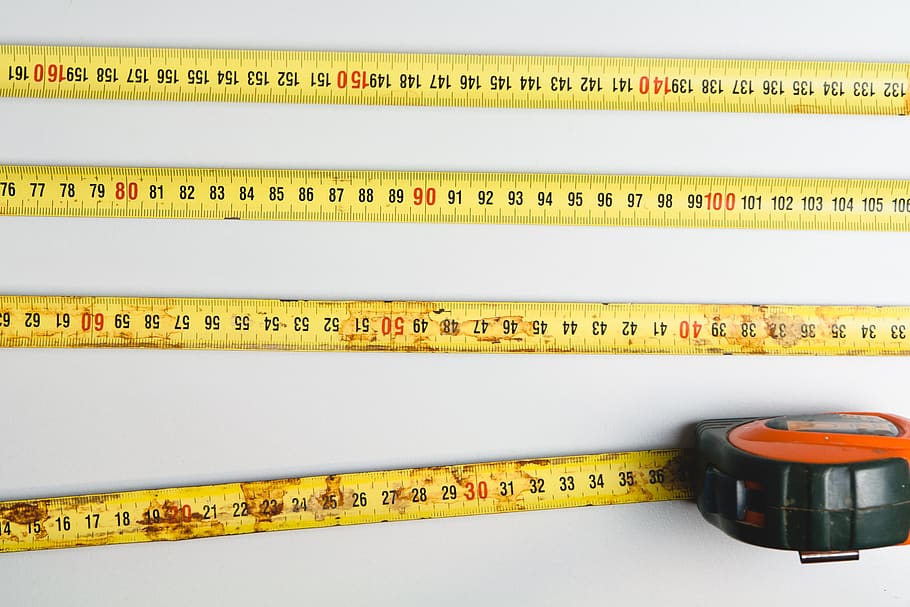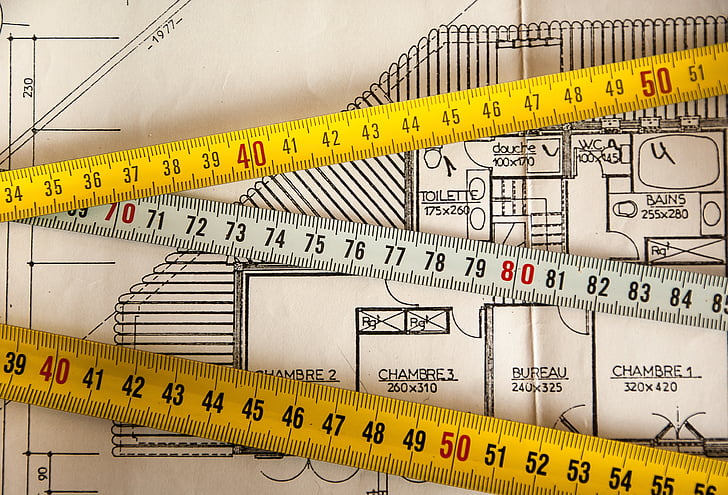Have you ever come across measurements that were given in inches when you needed them in feet?
Converting between inches and feet is a common challenge many of us face.
Whether it’s measuring furniture, buying carpeting, or simply understanding the dimensions of a room, being able to convert between these two units of length is essential.
We’ll break down some common inches to feet conversions and provide easy-to-follow examples that will help you navigate through everyday measurement tasks like a pro.
Understanding the Inches to Feet Conversion
It’s vitally important to understand inches to feet conversions and visa versa.
By learning these common inches to feet conversions, you can easily navigate through measurement tasks and confidently communicate your measurements in the appropriate unit.
Let’s take a moment to understand the relationship between inches and feet.
In the metric system, there are 12 inches in one foot.
This means that when we convert from inches to feet, we divide the number of inches by 12 to get the equivalent length in feet.
Examples of Converting Inches to Feet
To solidify your understanding of converting inches to feet, let’s walk through some step-by-step examples using specific inch measurements.
By following these examples, you’ll gain practical experience and be able to confidently convert any given length from inches to feet.
Example 1: Convert 50 inches to feet.
Step 1: Divide the number of inches by 12.
50 ÷ 12 = 4.17 (rounded off)
Therefore, 50 inches is equal to approximately 4.17 feet.
Example 2: Convert 72 inches to feet.
Step 1: Divide the number of inches by 12.
72 ÷ 12 = 6
Hence, 72 inches is equal to exactly 6 feet.
Example 3: Convert 96 inches to feet.
Step 1: Divide the number of inches by 12.
96 ÷ 12 = 8
Thus, 96 inches is equivalent to 8 feet.
Example 4:
Convert 120 inches into feet.
Step 1:
Divide the number of inches by 12.
120 ÷ 12=10
Therefore, 120 inches is equal to precisely.

Quick Tips for Easy Conversions:
Converting inches to feet can be made even easier with a few helpful tips and tricks. These practical strategies will streamline the process and allow you to quickly convert measurements in your head.
Inches to Feet Conversion Table
To make things easier for you, we will provide a handy conversion table with commonly used inch measurements and their corresponding values in feet. This table will serve as a quick reference guide when you need to convert measurements on-the-go.
Here’s a handy conversion table for commonly used inch measurements and their corresponding values in feet:
|
|---|
Here are some easy-to-follow examples:
Memorize Common Conversions
Familiarize yourself with frequently used inch measurements and their equivalent in feet.
For instance, know that 12 inches is equal to 1 foot, 24 inches is 2 feet, and so on.
By memorizing these common conversions, you’ll be able to make quick estimates without needing to perform manual calculations every time.
Example: If someone tells you they measured an object as 36 inches, instantly recognizing it as 3 feet (since it’s three times the length of the common conversion of 12 inches) will save you time and effort.
Use Estimation Techniques
Sometimes an exact conversion isn’t necessary or feasible, especially if precision isn’t crucial for a particular task.
In such cases, rounding can simplify the conversion process.
Example: When measuring a room that is approximately 90 inches long, estimating it as approximately 7-8 feet saves mental energy compared to calculating the precise conversion of exactly
7.5 feet.

Rounding Up or Down
In situations where you need a whole number of feet, rounding up or down can be an efficient approach.
The general rule is to round down if the number of remaining inches is less than half a foot (6 inches), and round up if it is equal to or greater than half a foot.
Example: Suppose you have a measurement of 65 inches.
To convert this measurement into feet using rounding, note that 65 inches is slightly over 5 feet (60 inches).
Since the remaining 5 inches are less than half a foot, you would round down to exactly 5 feet for simplicity.
By implementing these quick tips and techniques, converting between inches and feet becomes much more straightforward.
You’ll save time on calculations and increase your fluency with common conversions, making measurement tasks significantly easier to accomplish.
Inches to Feet Conversion Table
To make things easier for you, we will provide a handy conversion table with commonly used inch measurements and their corresponding values in feet. This table will serve as a quick reference guide when you need to convert measurements on-the-go.
Here’s a handy conversion table for commonly used inch measurements and their corresponding values in feet:
72 inches to feet conversions
72 inches in feet equals 6 feet. 72″ inches = 6′ ft
71 inches in feet equals 5.91667 feet. 72″ inches = 5.91667′ ft
73 inches in feet equals 6.08333 feet. 72″ inches = 6.08333′ ft
74 inches in feet equals 6.16667 feet. 72″ inches = 6.16667′ ft
76 inches in feet equals 6.33333 feet. 72″ inches = 6.33333′ ft
69 inches in feet equals 5.75 feet. 69″ inches = 5.75 ft.
68 inches in feet equals 5.66667 feet. 69″ inches = 5.66667 ft.
61 inches in feet equals 5.08333 feet. 69″ inches = 5.08333 ft.
60 inches to feet equals 5 feet. 60″ inches = 5′ ft
48 inches to feet equals 4 feet. 48″ inches = 4′ ft
